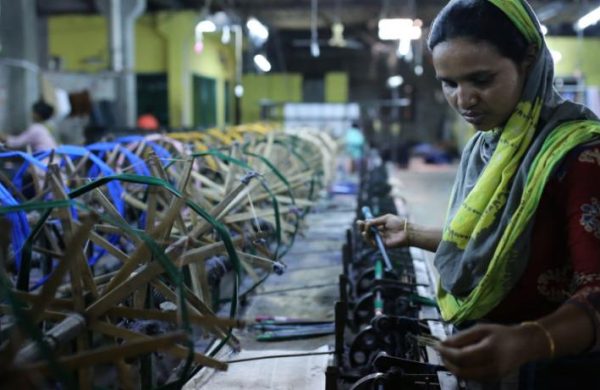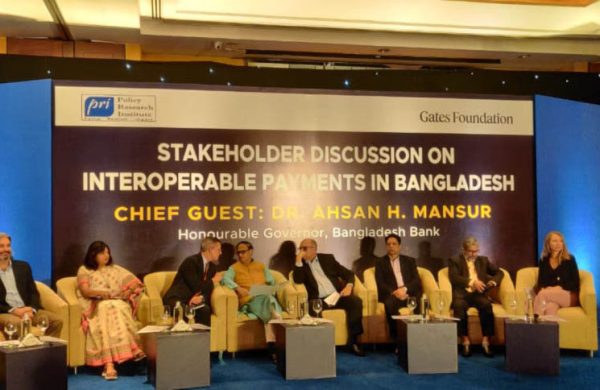A history of loan rescheduling in Bangladesh: Does it fix problems, or just delay them?
- Update Time : Tuesday, August 26, 2025

TDS Desk:
Loan rescheduling has become one of the most frequently used tools in Bangladesh’s banking sector, repeatedly applied to help borrowers in distress.
But after decades of experimentation, a key question persists: Does this repeated cycle deliver genuine stability, or does it create more risks in the long run?
Let’s explore what the history of loan rescheduling can tell us.
HOW RESCHEDULING HAS EVOLVED
Bangladesh first introduced loan rescheduling in 1991, when the government published a list of 171 major defaulters.
Borrowers could regularise their loans with down payments and structured instalments.
In theory, rescheduling is meant to be bank-initiated; however, the ground reality diverges sharply from this script, according to Zahid Hussain, former lead analyst at The World Bank, Dhaka Office.
Between 2003 and 2006, the central bank tightened requirements by raising down payments and restricting rescheduled borrowers from accessing fresh credit for a year.
Later, the rules shifted again.
In 2009, all export-oriented sectors gained access to rescheduling, and down payment requirements were temporarily suspended.
The 2012 Master Circular allowed up to three reschedulings, with repayment terms of two to three years.
By 2013, tenures stretched to six years, although the three-time cap was retained.
A turning point came in 2019, when defaulters were allowed to regularise loans with only a 2% down payment and enjoy up to ten years to repay.
What was designed as a one-time “exit policy” soon became an annual practice.
Covid-19 prompted further relaxation.
In 2022, borrowers could reschedule up to four times, with repayment periods reaching 29 years.
Though later slightly tightened, this policy was widely criticised as excessively lenient.
Economist Zahid Hussain notes that neither strictness nor leniency guarantees success.
As example, he pointed to loan rescheduling practices in South Asian countries.
At one end, stringent systems require substantial immediate payments and long periods of proven performance (as in Nepal); at the other, more lenient models accept minimal upfront cash and allow lengthy repayment terms or grace periods (Sri Lanka).”
THE RESULTS SO FAR
Despite repeated adjustments in loan rescheduling terms in Bangladesh, the evidence shows a troubling pattern.
Both non-performing loans (NPLs) and rescheduled loans have risen steadily in recent years.
In fact, rescheduled loans at times have exceeded the official NPL stock, creating a large pool of “distressed” but not formally classified loans.
Most rescheduled borrowers relapse quickly. By the end of 2024, Tk3.48 lakh crore in rescheduled loans existed, of which 38.4% had already become non-performing again — nearly two out of every five.
Back in 2020, the relapse rate was 23.8%, showing a sharp deterioration.
Zahid Hussain notes that when rescheduling becomes routine, borrowers expect repeated leniency and delay repayments, fuelling strategic default.
This cycle erodes credit discipline, deepens banks’ vulnerability, and locks regulators into repeated concessions.
Failure is assured when rescheduling becomes a blanket policy or a politically driven tool, according to economist Zahid Hussain.
The slight decline in rescheduling in late 2024, after the August regime change, hints at a possible shift.
However, without structural reforms, reliance on rescheduling is likely to continue, raising the risk of further deterioration in the banking sector.
Ultimately, reverting to excessive leniency in loan rescheduling risks the financial system’s unravelling, as failure is assured when the practice becomes a politically driven, blanket policy rather than a corrective tool, the economist noted.

















